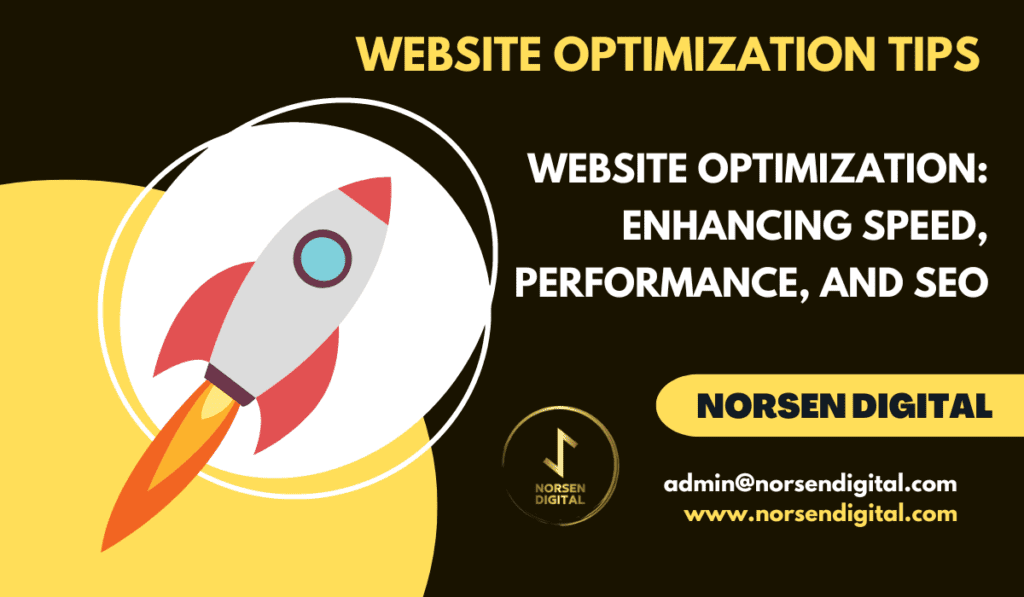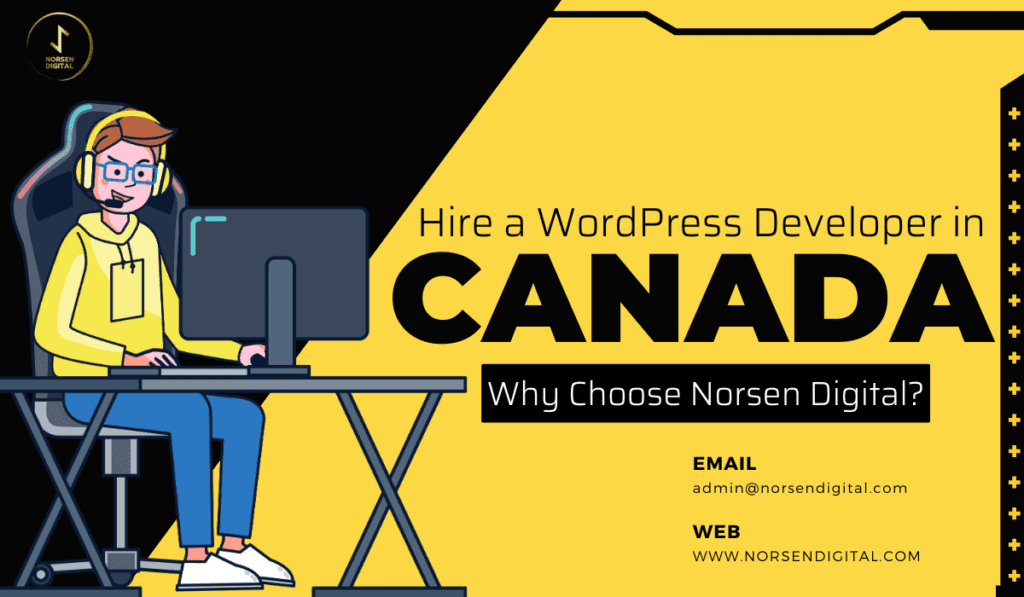1. What is Headless Commerce? A Beginner’s Guide
Headless commerce is a modern approach to eCommerce architecture where the frontend (what customers see) is decoupled from the backend (where data and operations live). This separation gives developers the freedom to build unique user experiences while still relying on robust backend systems for managing products, payments, and logistics.
2. The Challenges of Traditional eCommerce
Traditional eCommerce platforms tie the frontend and backend together. While this monolithic structure simplifies setup, it can limit customization and innovation. Brands often struggle with:
- Rigid templates
- Limited control over user experience
- Slow page loads
- Difficulty scaling across multiple channels
3. Why These Challenges Matter
In today’s fast-paced digital world, user experience is everything. A clunky interface or slow site speed can lead to abandoned carts and lost revenue. As customer expectations rise, businesses need the ability to adapt quickly—and traditional platforms often fall short.
4. Enter Headless Commerce: The Flexible Solution
Headless commerce solves these issues by separating the presentation layer from the backend logic. Instead of being confined to a single platform’s structure, developers can use any frontend technology (like React, Vue, or Angular) and connect it to backend systems via APIs.
5. Key Benefits of Headless Commerce
5.1. Unparalleled Flexibility
With headless, you’re not limited by built-in themes or templates. You can design custom experiences that align perfectly with your brand’s vision, whether it’s for mobile, web, or even voice commerce.
5.2. Faster Load Times
By reducing reliance on bloated monolithic systems and using modern frontend frameworks, websites can load faster, improving SEO rankings and user engagement.
5.3. Omnichannel Consistency
Deliver seamless customer experiences across web, mobile apps, kiosks, smart devices, and more. One backend can serve multiple frontends efficiently.
5.4. Scalability
As your business grows, headless systems allow you to scale without major overhauls. Add new features, channels, or integrations without disrupting your existing setup.
5.5. Future-Proofing
The modular structure of headless commerce means your tech stack can evolve with industry trends. Swap out tools, update designs, or test new experiences without starting from scratch.
6. How Headless Commerce Works
Headless commerce uses APIs (Application Programming Interfaces) to connect the frontend with backend services. For example, a React-based storefront might request product details from a backend like Shopify or Magento. The key components include:
- Backend Systems: Inventory, pricing, checkout
- APIs: Bridge between frontend and backend
- Frontend Frameworks: Build fast, dynamic UIs
7. Is Headless Commerce Right for Your Business?
Headless commerce is ideal for:
- Businesses aiming for highly customized user experiences
- Brands operating on multiple digital channels
- Enterprises needing better performance and scalability
However, it may not be the best fit for small businesses without access to development resources, as it typically requires a higher upfront investment in time and technical expertise.
8. Conclusion
Headless commerce represents a significant evolution in the way businesses approach online selling. By decoupling the frontend and backend, it unlocks creativity, boosts performance, and provides the flexibility needed to thrive in a competitive market. Whether you’re scaling your store or preparing for omnichannel domination, headless commerce could be the smart next step.





